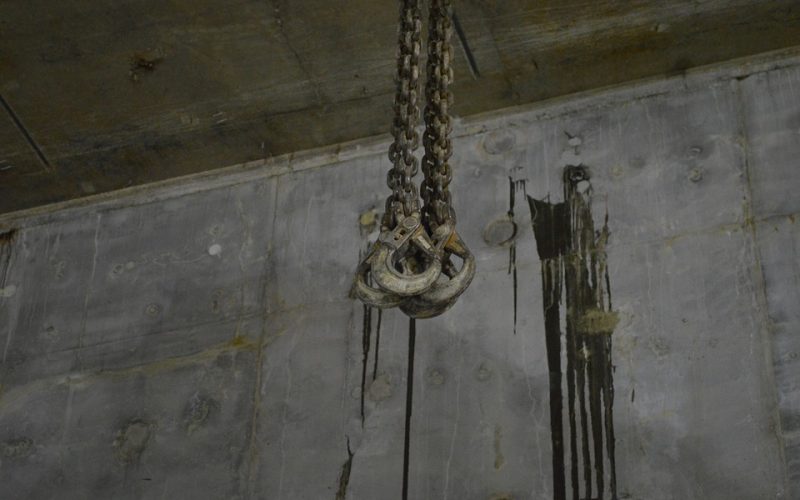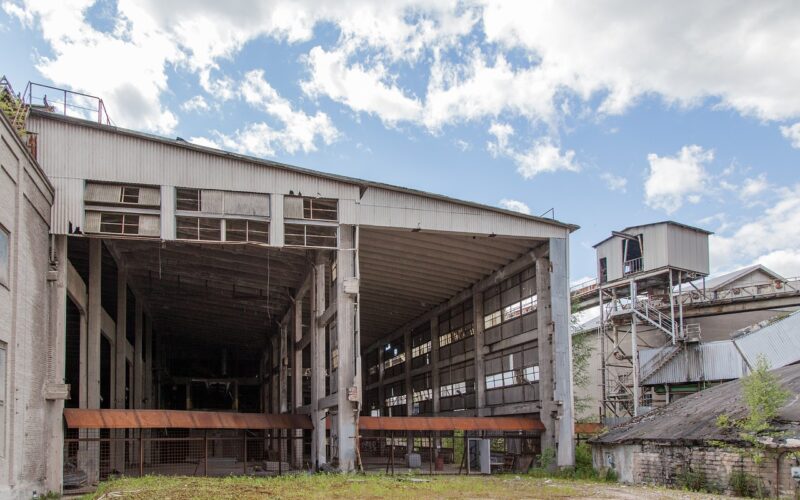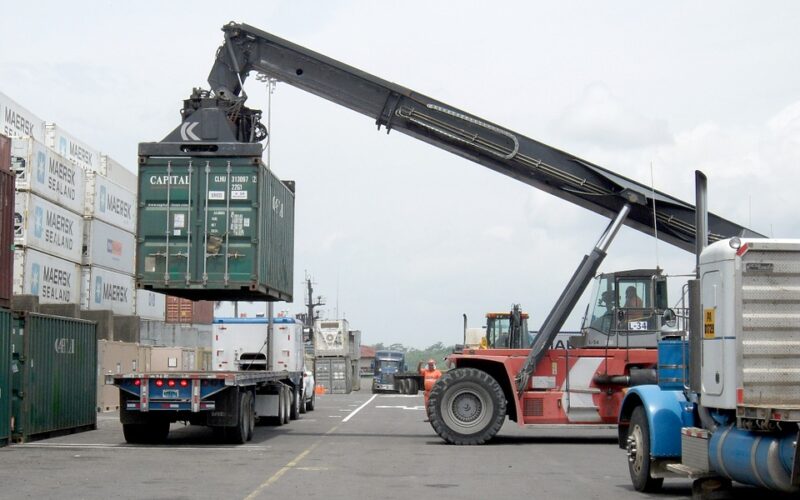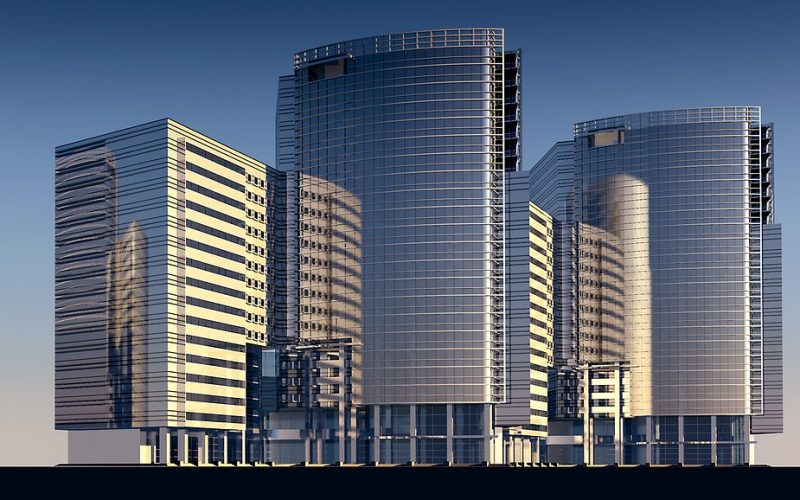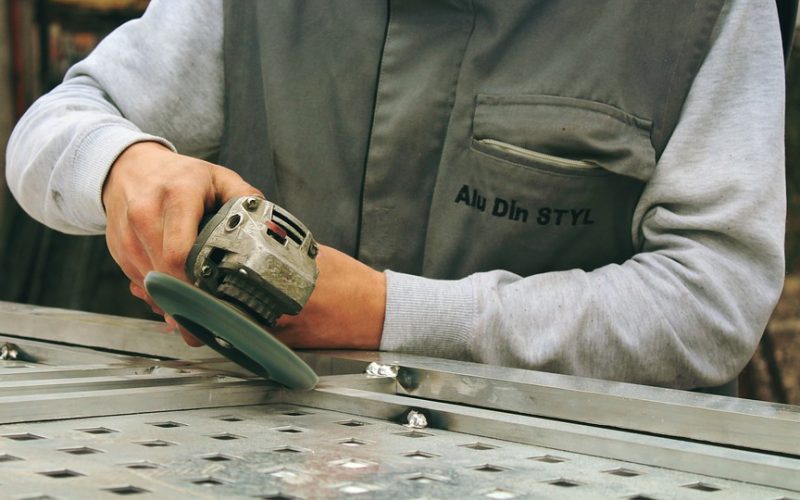Cutting Building Costs
Reducing building costs while maintaining standards of quality is at the forefront of any construction project. With increasing demands for cost-effective building solutions, exploring alternative materials, optimising resources, and adopting innovative strategies have become essential practices in the construction industry.
Whether you are constructing residential complexes, commercial structures, or large industrial facilities, there are plenty of ways to streamline your expenses without sacrificing quality.
The speed of construction
One of the most significant factors in reducing costs is selecting efficient structural materials. Steel construction has gained immense popularity due to its durability, versatility, and cost-effectiveness. Steel is not only a recyclable material but also allows for lighter and more streamlined designs, translating into reduced material and transport costs.
Additionally, the speed of construction with prefabricated steel components can save both time and money on labour. By opting for steel frameworks, you can significantly cut building expenses while ensuring structural integrity.
Streamlining workflows
Labour costs are another critical area where expenses can quickly escalate. To counter this, streamlining workflows and investing in skilled labour can reduce the time needed to complete various phases of construction. Utilising modular components and pre-assembled materials can also help cut down on-site labour requirements.
Furthermore, effective planning and leveraging new technologies, such as project management software, ensure that projects stay on schedule, minimising idle time and associated labour costs.
Creating concrete mixtures
When it comes to raw materials, opting for sustainable alternatives is a viable way to reduce costs. Dried aggregates, for instance, are becoming a preferred choice in many construction projects due to their affordability and efficiency in creating concrete mixtures.
These aggregates, including sand, gravel, and crushed stones, require less water and exhibit superior bonding properties, reducing overall material consumption. The use of high-quality dried aggregates not only cuts costs but also enhances the durability and safety of the final structure.
Environmental sustainability
Silica sand, specifically, plays an important role in many construction applications. From being an essential component in making concrete to its use in glass production, silica sand is both versatile and widely available. Finding local suppliers of silica sand can drastically reduce transportation expenses, benefitting both budget and environmental sustainability.
Additionally, silica sand’s durability and stability enhance its performance as a construction material, contributing to lower long-term maintenance costs.
Sourcing materials locally
Raw material sourcing is another area where cost-cutting opportunities exist. Establishing relationships with reliable suppliers and purchasing materials in bulk can lead to significant savings. Beyond the volume discounts, sourcing materials locally reduces transport costs and ensures timely deliveries, minimising delays in construction.
Using alternative materials such as recycled concrete, reclaimed wood, or other eco-friendly options not only reduces expenses but also aligns with sustainable building practices.
Green building innovations
Another factor to consider is employing advanced construction techniques and technologies. Green building innovations and energy-efficient methods not only save costs during construction but also enhance the long-term viability of the structure.
For instance, insulated steel panels combined with dried aggregates can reduce energy consumption significantly, cutting both building and operational costs. Similarly, using advanced machinery with quick assembly capabilities boosts productivity and ensures cost efficiency.
Strength of concrete
Finally, the use of silica sand once again deserves mention when discussing modern construction practices. Its affordability and exceptional properties make it a favourable choice in creating high-performance materials.
From enhancing the strength of concrete to its use in finishing layers, silica sand continues to prove its importance in reducing raw material expenses. Adopting construction techniques that optimise resources like silica sand ensures the cost-efficiency and durability of every project.
Strategic planning
By addressing factors such as material selection, labour efficiency, and resource optimisation, builders can successfully manage and reduce building costs without compromising on quality.
Strategic planning and a focus on sustainability will not only cut expenses but also future-proof construction projects for years to come.

